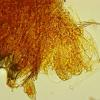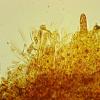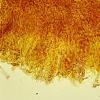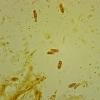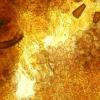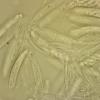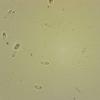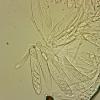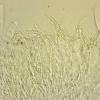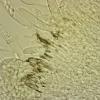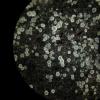
04-12-2017 21:03
Me mandan el material seco de GaliciaPienso en Hel

03-12-2017 23:27
 Rubén Martínez-Gil
Rubén Martínez-Gil
Hola a todos. Subo unas fotos de un asco que hemo

04-12-2017 00:16
Patrice TANCHAUDBonsoir,récolte réalisée sur pin brûlé, conid

03-12-2017 11:53
François BartholomeeusenIn the middle of an alder swamp forest, in Belgium

02-12-2017 11:41
Thorben HülsewigHi there,a few days ago i found this fungus next t
Cistella ?
Gilles Corriol,
29-11-2017 17:18
 Bonjour à tous,
Bonjour à tous,Un avis sur cette Hyaloscyphaceae (Cistella ?) trouvée sur bois très décomposé de feuillu.
Les poils sont un peu rugueux, atténués à apex capitulé, sans substance vitreuse.
Les apothécies atteignent 0,5 mm, sont entièrement blanches et courtement stipitées.
Les spores mesurent 7,5-9,9 x 2,9-3,7 µm et sont parfois septées.
Je n'ai pas détecté de réaction à l'iode des asques.
Merci !
Gilles
Quijada Luis,
29-11-2017 18:45
Re : Cistella ?
I think your sample fit better in Hyaloscypha
Best,
Luis
Best,
Luis
Gilles Corriol,
05-12-2017 11:12

Re : Cistella ?
Gracias !
Dans ce genre, cela va mieux, et j'arriverais à Hyaloscypha albohyalina var. spiralis.
Gilles
Dans ce genre, cela va mieux, et j'arriverais à Hyaloscypha albohyalina var. spiralis.
Gilles

